.
The Leprechaun
Come mid-March, the leprechaun
Glides up and o’er the rainbow,
Playful as a unicorn
That’s prancing in a meadow.
With greedy eyes glimmering,
And shim’ry as a peacock,
He slides to earth, shimmying,
And lands among the shamrock.
“Where, O where’s me pot-o-gold?”
Those greedy eyes, now staring,
See but pots of marigold,
And quick he takes to swearing.
For a spell he languishes,
Then sinks in fits of bawling,
Whereupon he vanishes
Until next March comes calling.
.
.
Cheryl Corey is a Connecticut poet. She is also an author of short stories, a novella, and recently completed a novel.



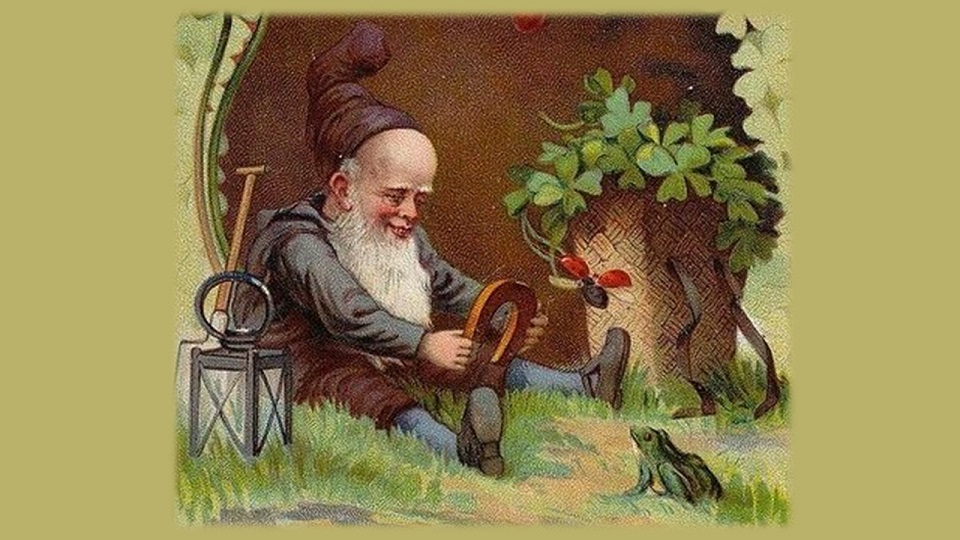
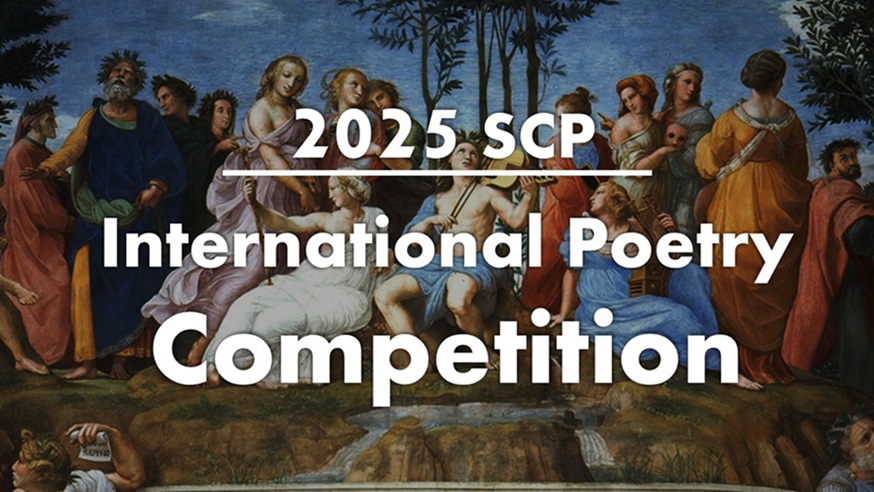

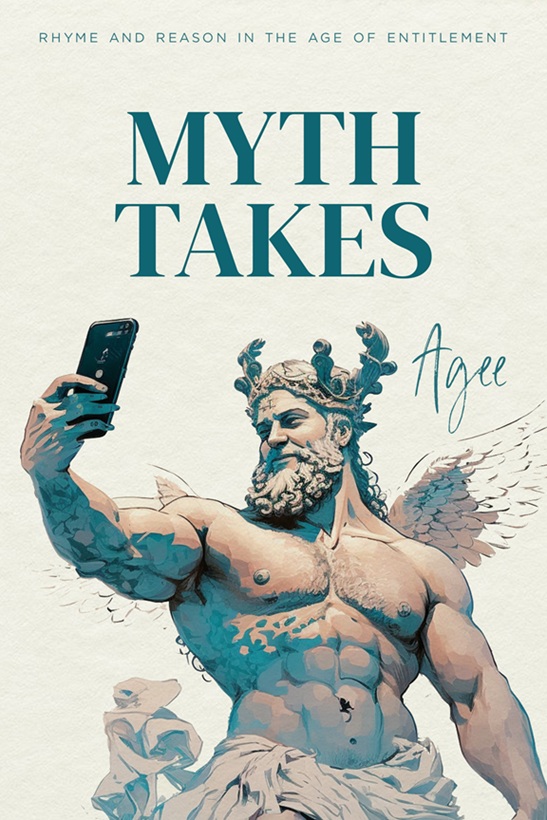
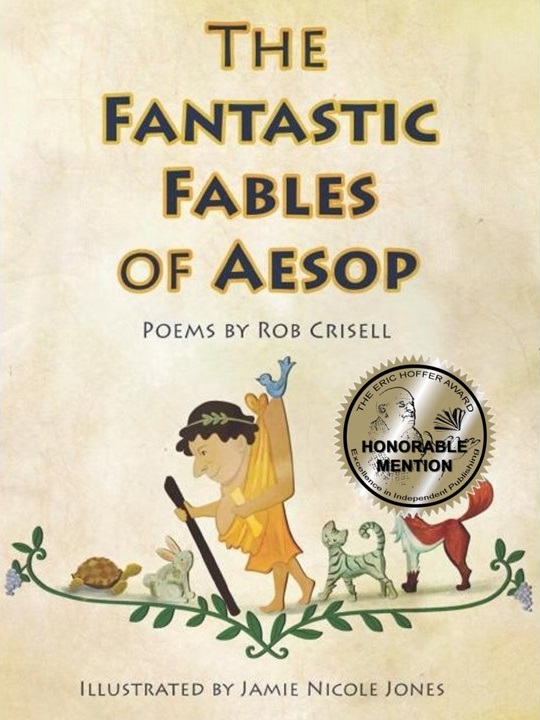


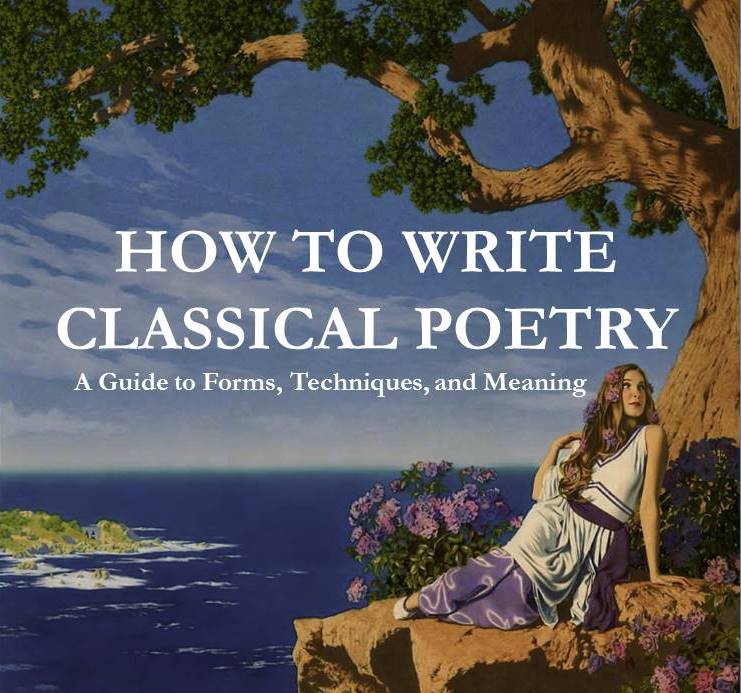




Fun poem, Cheryl. I’ll have to read it again later, after a few beers!
Perfect! Love it! Thank you Cheryl.
I enjoyed this very charming poem, Cheryl. Happy St. Patrick’s Day!
Happy St. Patrick’s Day Cheryl and thank you for this very cute and fun poem.
I loved the “pot-o-gold” being only the marigolds! Nicely done and cute!
Thanks to everyone for your kind words. Since this is an Irish holiday, I used an Irish form called “ae freislighe”, written in quatrains of seven syllables per line; lines 1 & 3 rhyming with three syllable words; lines 2 & 4 rhyming with two syllable words. The final line is supposed to repeat or echo the beginning.
The concept of 2- or 3-syllable rhymes as part of a form is intriguing.
In classic French poetry, there is a preference for rhymes as “rich” as possible, that is, with as many sounds at the end of the line as possible (there’s no concept of falling rhymes as in English, only “feminine rhymes” with the -e at the end). An English example of a rich rhyme would be star/guitar (because they share the ending -tar and not just the -ar required for a “sufficient rhyme”). A very rich rhyme has even more sounds at the end in common, such as guitar/sitar. (A falling rhyme in English, such as calling/falling, would not be richer than a rising rhyme such as call/fall, because in English, we would only count this for the final stressed syllable.)
Also, classic French poetry has a preference for alternating masculine and feminine rhymes (those with no -e at the end and those with one); in English, their counterparts are rising and falling rhymes, sometimes called by their French names of masculine and feminine.
Rich rhymes are harder to do (without forcing them) in English than in French, but I still try to use them when I can.
Love it Cheryl. Glad to share today with your wistful, happy poem today. We’re all singing, “Black Velvet Band” over here.
Best wishes.
Leprechauns are known to be rather cranky. Perhaps it’s because their job is to make shoes for all of the fairies. I’m sometimes a bit cranky too — perhaps that’s because I’m part Irish (my maternal grandmother’s surname was McCarthy).
Love this one, Cheryl! Happy St. Patrick’s day.
Fine-fingered wee poem with adroit leprechaun character to it! Glad you employed and explained the Irish form, as I value all kinds of lyric, but this is not one I would have figured out.
Thank you, Margaret. Given my proclivity for meter and end-stopped rhyme, I struggled with the form, but I think that any time we push ourselves out of our comfort zones, we’re the better for it. One of the goals I’ve set for myself is to work in different forms this year.
Cheryl, I love everything about this poem the intrigue of the lyric form, the cheeky leprechaun’s shenanigans, and the big smile it brings with it. Thank you for my St. Patrick’s Day poetic fix! I hope you had a good one!